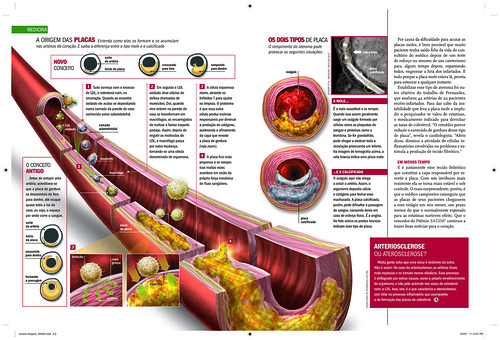knowledge cartographyTaking into account that I will eventually being able to get my teeth into Information Visualisation: Using Vision to think by card, mackinlay & shneirderman, I thought it would be a great time to post these beauties mapping (structuring) the interrelationships of some of the foremost figures in information graphics, complexity, design, visualization from knowledgecartography.org
These images are screenshots taken from ATLAS, the application that's being developed 'to explore the possibilities of the application of a cartographic metaphor to the realms of knowledge', sort of thinking with maps (cartographic cognition), a form of visual thinking.
'The concept of atlas in this context doesn’t depict as much a list of maps, but rather a system of representations of space, a communication device aimed at representing complex contexts through the use of many partial overlapping narrations: a network of maps, diagrams, texts and peritexts, combined together to describe the space of research in its multifaceted aspects'.
I like this idea of overlapping narrations such as maps (a kind of geographic terrain styled space, as with these examples), diagrams, text (words layered on top of a space), signs (ok the words are signs but I mean iconic/symbolic, those associated with isometric's/otto neurath).
These overlapping narratives fits well with Neuraths isometric's which were a 'picture language as a helping language into which statements may be from all the normal languages of the earth' and was made to highlight commonality rather than differences. There are some already nice mixtures of these narration tools created with World Wireless Map, and telegeography's work Internet Undersea Map (crow, 2006, p. isotype/section)
These narrations serve as a maps (a communication device's) language which they describe really well as these communication devices being 'a mature representation artefact, aware of its own language and its own rhetoric, equipped with it its own tools, languages, techniques and supports. A model that recovers the narrative abilities of pre-scientific maps and presents itself not as a mere mimetic artefact, but as a poetic and political tool'.
It is excellant that use the terms 'mimetic' & 'artefact' as these associate (connote) nicely by grounding it back into art/design with mimetic a term that arnheim would use describing a social biology of images with the level of detail an image would depict the object in reality, giving us levels of signs with iconic, semi-symbollic & symbollic that brings in the linguistic field associated with saussaures & pierce in Visible Signs by David Crow. Artefact really works well as these communication devices serve as 'research through art and design’, ‘where the end product is an artefact – where the thinking is, so to speak, embodied in the artefact’ (Frayling, 1993/4, p.5). Poetic brings in the wonderful calligrams and concrete poetry depicted and experimented really well here Mississippi Type Visual by andy proehl.
'The map as narration is thus the expression of a communicative purpose. Just like a text, the map makes selections on reality, distorts events, classifies and clarifies the world in order to selections better tell a particular aspect of a territory, an event, a space.' they help to simplify (clarifiy) the complexity of a particular territory, space (which could be data/stats, text
in book, geographic landscape i.e. uk, china, france, the world).
'In this context, the term ‘map’ is a synonym of visual narration of space: a cultural artefact created by an author to describe a space according to an objective.' a tool for the production of meaning that satisfies the map designer, the communication device's designer objective.
‘[O]ne important goal for map designers should be to understand the cognitive processes being used to process spatial information’ this is extremely useful and necessary for map designers in creating maps and the spatial arrangement of the knowledge (Wood & Keller, 1996, p 213).
This is known as Spatial Cognition,
‘Spatial Cognition is concerned with the acquisition, organization, utilization, and revision of knowledge about spatial environments’ (Universität Bremen, 2007, p 1).
As for the design for these visual maps, communication device examples they have a fabulous soft light blue background with a darker graduation borrowed from relief shading in geographic mapping to depict the the level of focus for the paticular area of field such as Design or Information visualisation. The person's (the iconic isotype/shape of a person) spatial position between the position of these poles/fields gives the viewer/map reader a insight/understanding as the area that that person is likely to be associated with and in turn the particular expertise/slant/view/interests that person might have in their writings when reading.
The use of a clean, un-clustered (white) space lets the user easily focus in on a name they might have a familiarity with for me card, shnierderman, mackinlay, tufte (postiontied between info vis and design, quite rightly), remo burkhard (from vizthink conference recently) who I didn't realize was also inclined towards knowledge, and martin j eppler with his joint creation of Periodic Table of Visualisation Methods.
Atlas is a great tool from knowledge cartography.
Well with this fabulous overview I look forward to some great insights/answers to my research from,

































 1.
1. 2.
2. 3.
3. 4.
4.











